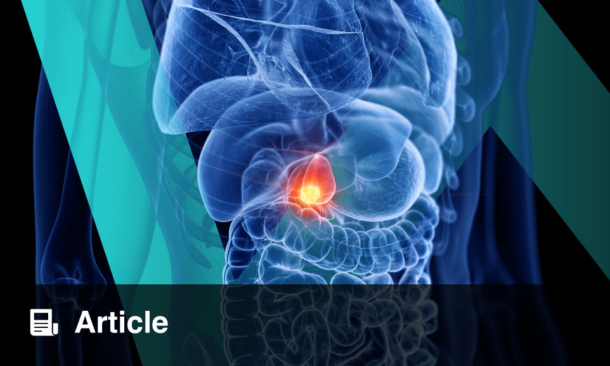PATIENTS with functional anorectal pain may suffer from abnormal anorectal pressures, heightened rectal sensitivity, and elevated rates of psychological distress, according to new research using high-resolution anorectal manometry (HARM).
The study retrospectively analysed 140 patients diagnosed with functional anorectal pain between 2021 and 2023, comparing their manometric and sensory function results with those of 110 healthy controls. Researchers found that those with functional anorectal pain demonstrated significantly lower thresholds for the desire to defecate, urgency, and maximum tolerable rectal sensation—suggesting rectal hypersensitivity as a key feature of the condition.
In addition to altered sensory responses, patients had lower anal resting pressure, residual pressure during defecation, and maximum squeeze pressure compared to controls. These abnormalities in anorectal function were positively correlated with sensory thresholds, highlighting a likely physiological component to the pain.
Importantly, the study also identified a strong psychological burden in this patient population. Over 60% of participants experienced anxiety, and nearly 60% reported symptoms of depression.
The findings suggest that both physiological and psychological factors contribute to the pathophysiology of functional anorectal pain. The authors propose that high-resolution anorectal manometry could serve as a useful diagnostic tool to characterise the disorder more precisely and guide tailored treatment strategies.
By deepening the understanding of this complex condition, the study opens new avenues for more effective, multidisciplinary management approaches for patients struggling with chronic anorectal pain.
Reference
Zheng h et al. Abnormal anorectal manometric and sensory functions in patients with functional anorectal pain. BMC Gastroenterol 2025: DOI: 10.1186/s12876-025-04084-7.








